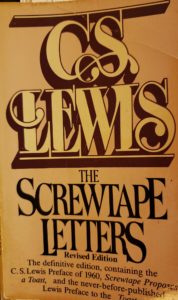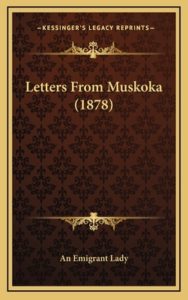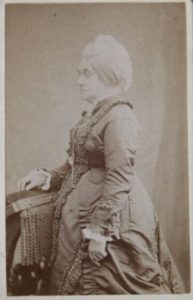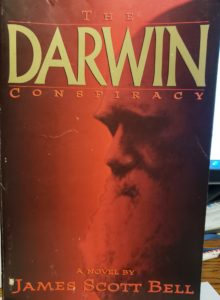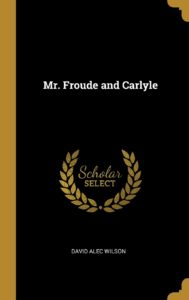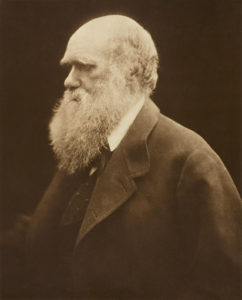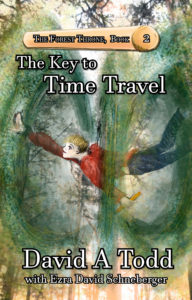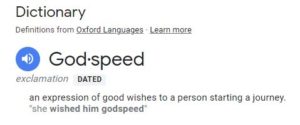
Our neighborhood is changing. Our street has four houses on it and 14 undeveloped lots. No, scratch that. Five houses and 13 undeveloped lots. Last fall they started to build a house on the lot down the hill. It’s still not yet finished and occupied. In our larger neighborhood that takes in the next street, we have 15 houses (including our four) and maybe another 20 undeveloped lots, or maybe 30.
Things don’t change much here, except for the building of that house. But things do change because people come and go. All but two of those houses have changed hands since we moved here (ours and the neighbors uphill from us), some of them twice. People have retired, moved here, got too old to keep up their house and lot, downsized and moved away.
One recent move is a woman who is technically not among those 15 houses. She is (was) right across from the end of the next street over. Her name is Mary. I hadn’t seen her husband Pat around recently, so when I was out walking one day and she was working in her yard, I asked her about him. She said he had passed away from pancreatic cancer back in November. Next, we saw a for sale sign in her yard, and almost immediately a “sold” sign.
We rarely see her, but one day in late June she was out one day when I was on my walk, so I stopped and talked with her. She said her house sold in four days and she was moving to Minneapolis to be near kids. She would move on July 20. It would have been sooner but she had surgery scheduled for July 5 (I forget which joint was to be worked on). Since I wasn’t sure I would see her again before she went, I said, “Godspeed to you,” and went on my way.
Later, I thought about what I had said and what it meant. “Godspeed” would seem simple enough, but I don’t like to use words if I don’t fully understand them. So what exactly does “Godspeed” mean? Here’s a dictionary definition:
an expression of good wishes to a person starting a journey
Simple enough, and it appears I used it correctly. But where did the word come from? Apparently, it’s from Middle English, originally the second half of the word is from “spede” or “spied”, meaning to succeed; to reach your goal.
So I was saying to her: may God help you to succeed, particularly in the journey on which you are about to embark. That’s exactly what I meant to say, so I’m glad I used ‘Godspeed’, a word I seldom use, correctly.
This may seem like a minor thing to blog about, but it was important to me. I said it at the time to hopefully let her know I was a believer in God without getting into a religious discussion. I’d like to see God be more mainstream in our society, and so used this minor utterance toward that end.
